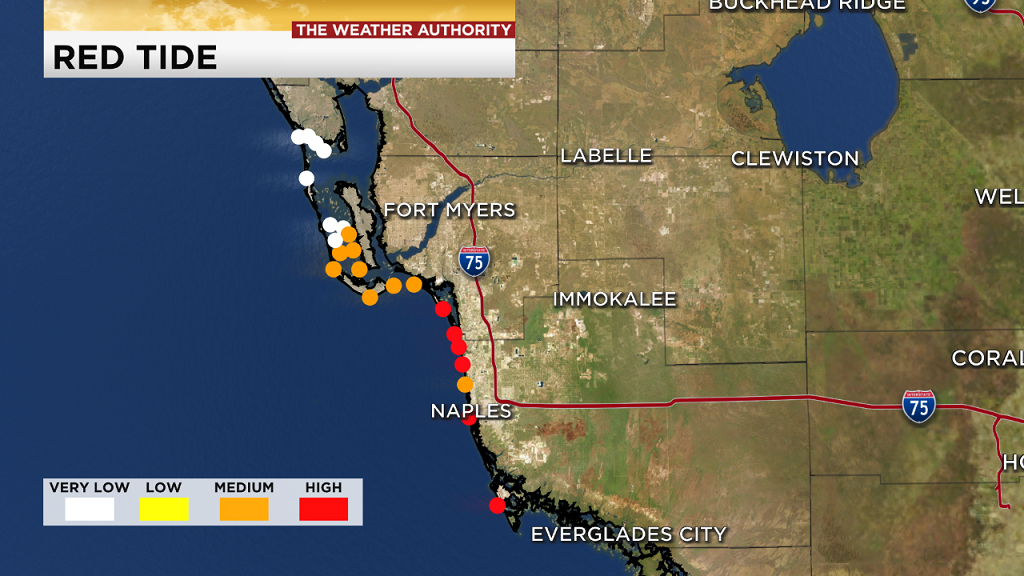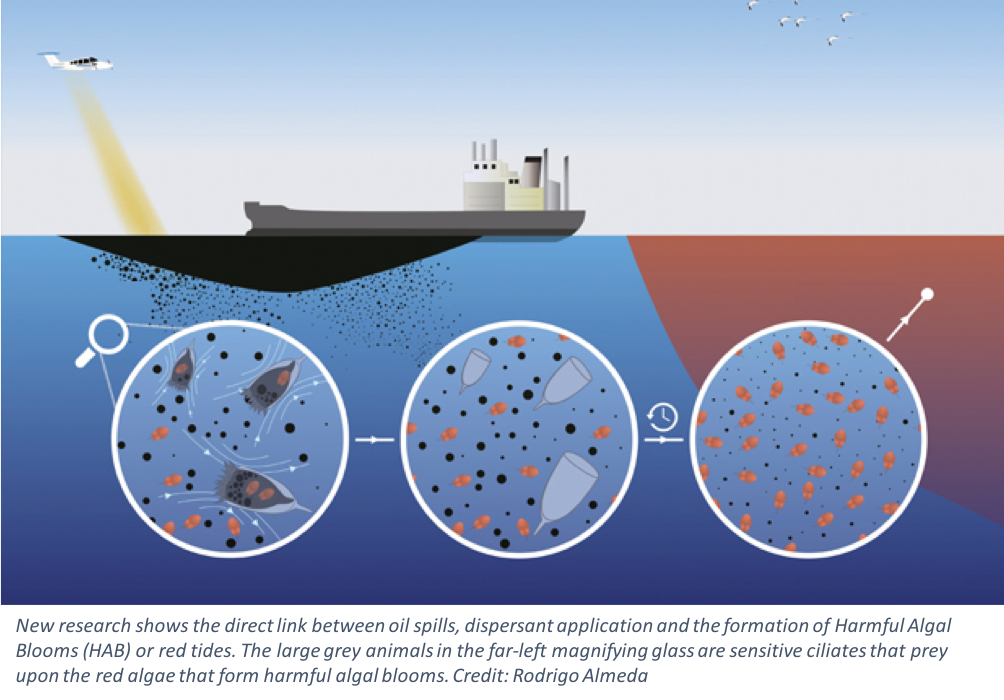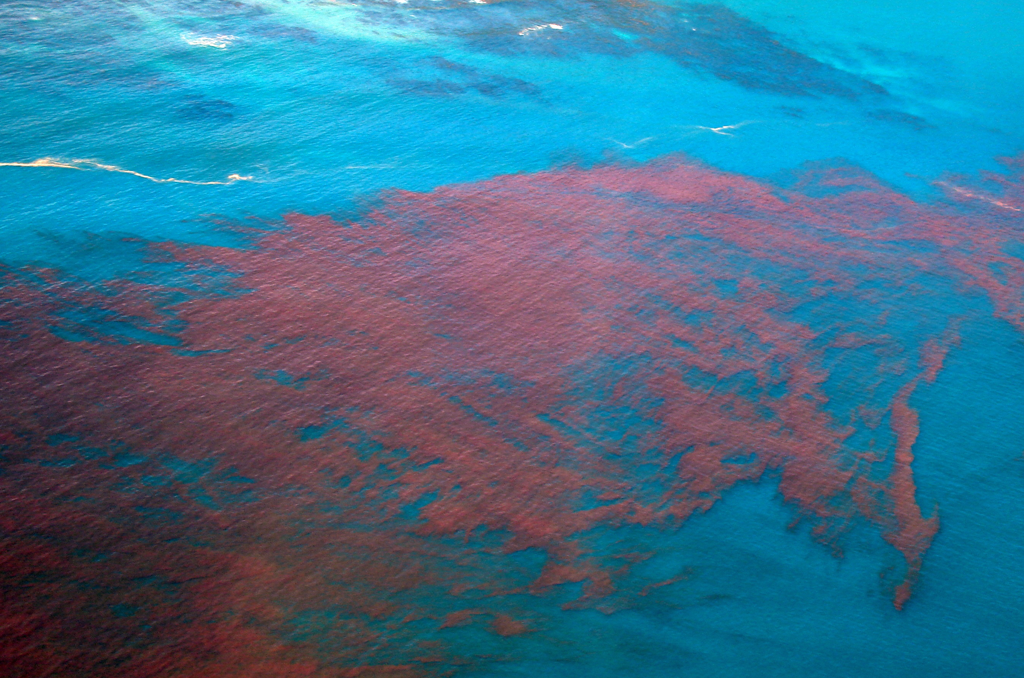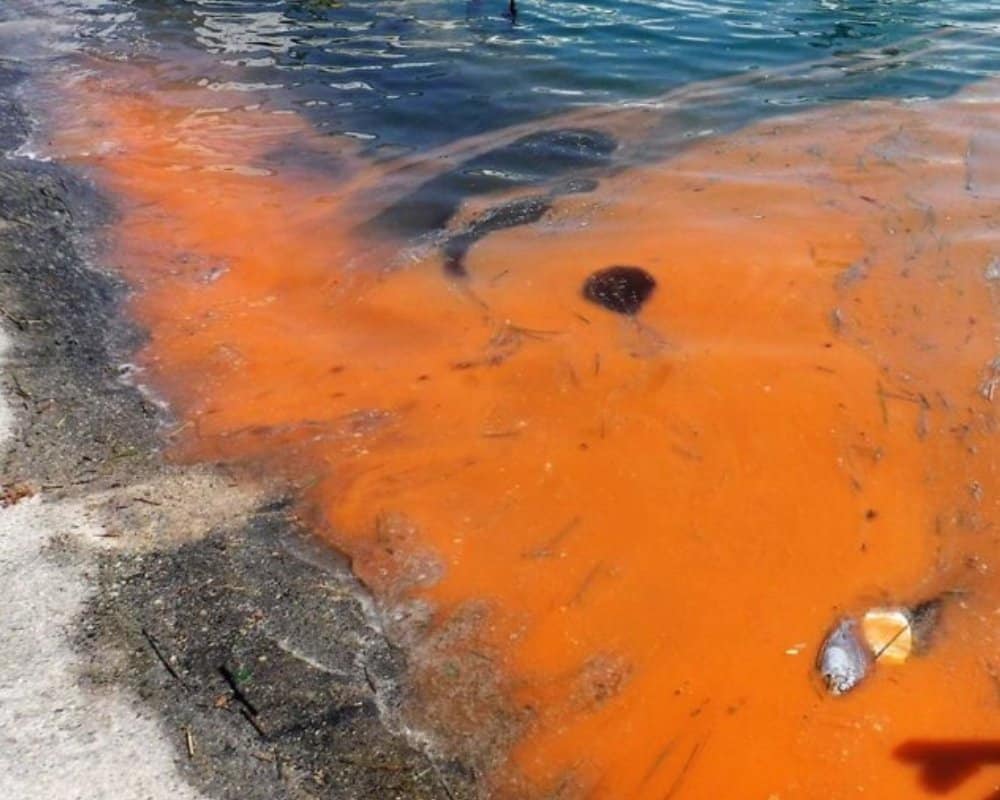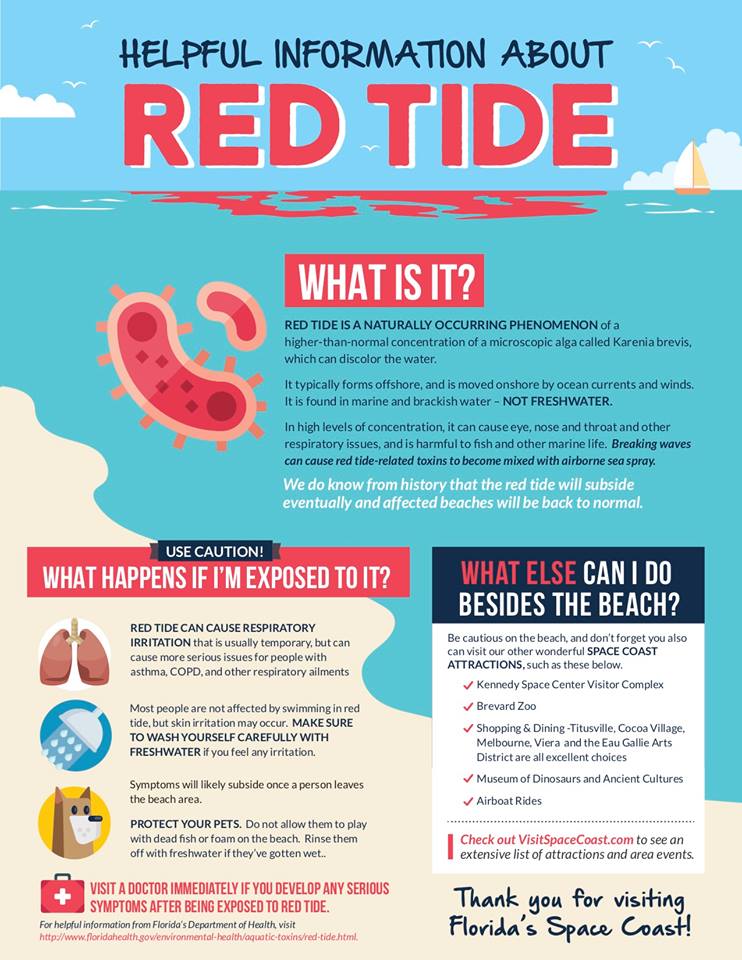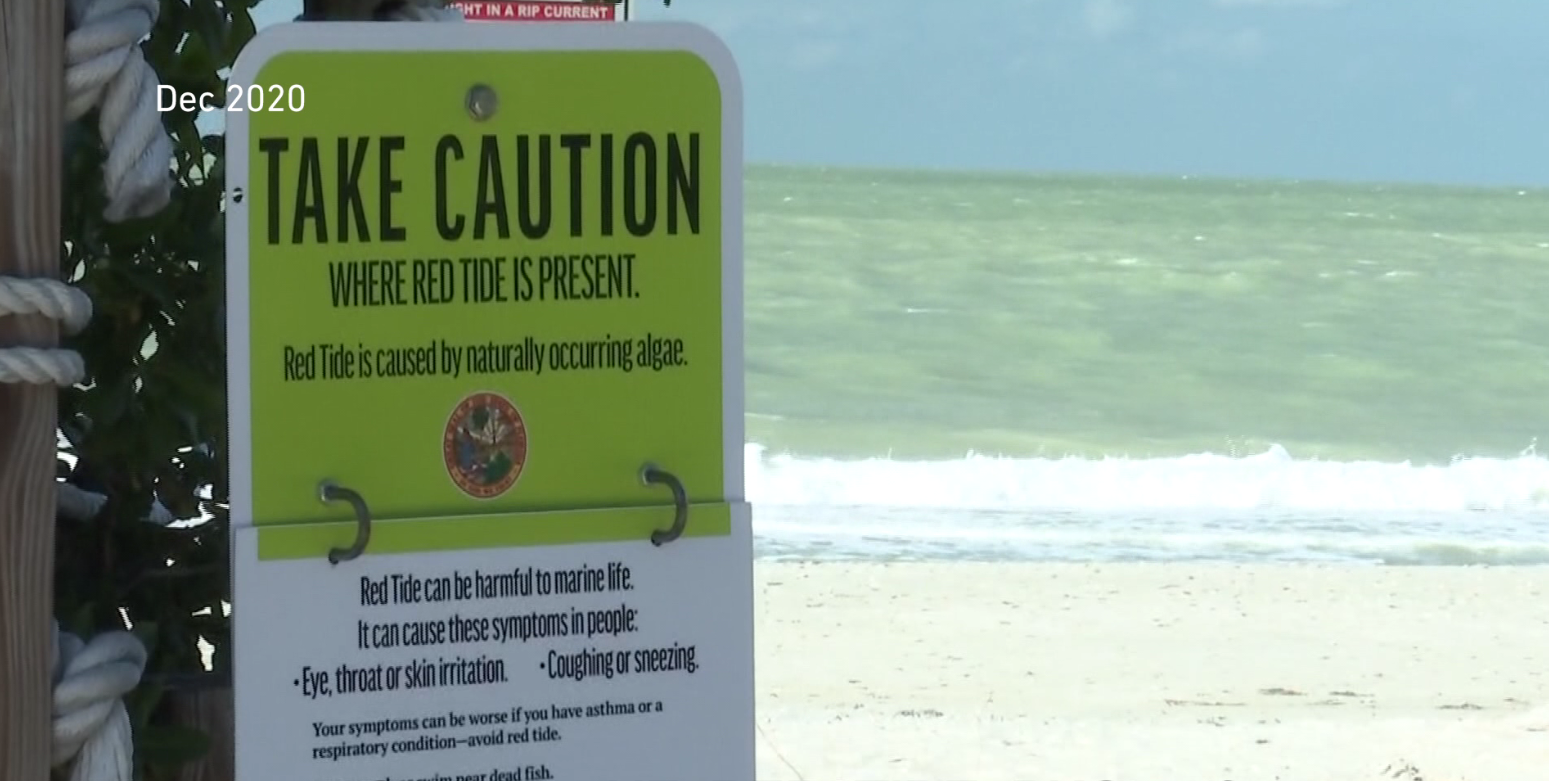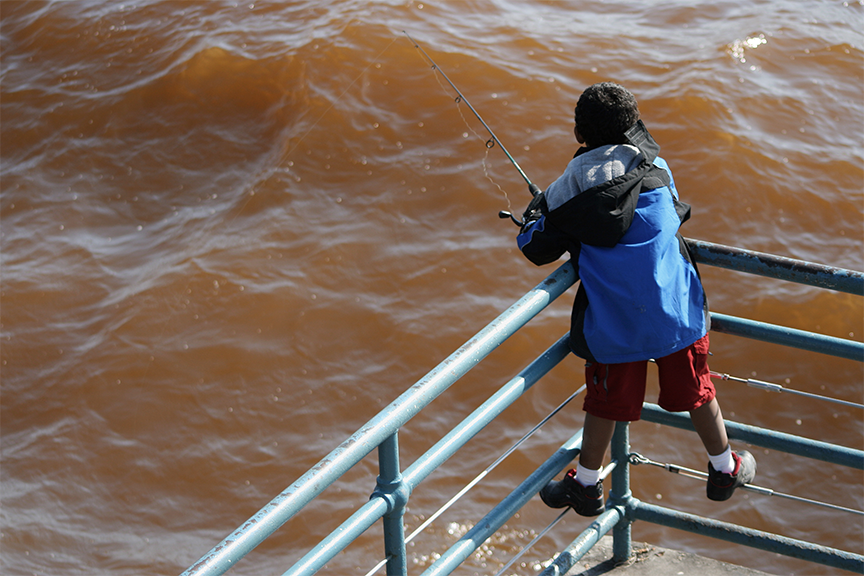Neat Info About How To Control Red Tide

Red tide is a phenomenon that causes the surface of the sea to become discolored in, as the name suggests, a red color.
How to control red tide. Efforts to control red tide phenomena focus on monitoring water. Avoiding red tide occurrences and implementing tide mitigation is essential, but there’s no simple solution. Table of contents.
The symptoms of illness from exposure to red tide don’t generally last long. Government intervention (federal, state, and local). Published april 22, 2022 at 11:40 am edt.
While most research on red tide is focused on what causes it and how to track its path, new funding sources are. The recent rise of red tide harmful algal blooms has induced ecosystem degradation, economic losses, and aquaculture. Red tides cause an estimated $82 million in economic losses each year due to beach and fishing closures, including associated drops in tourism and seafood.
Harmful algal blooms (habs) occur worldwide in marine, estuarine, and freshwater ecosystems and can have significant impacts on aquatic. Does clay dispersal affect toxin concentrations in the water? What is a red tide.
Bloom control refers to actions taken to suppress or destroy blooms. Potential controls must not only kill the red. Due to the continuous intensification of human activities in the ocean, the frequent outbreaks of red tide have caused great harm to the marine environment and.
What clay (and how much) will be used in the. Why is red tide a problem? What are the objectives and research plans for this new project?
Monitoring and forecasting are crucial in preventing and controlling red tide. How to treat red tide poisoning symptoms. Control of red tide in florida is not a simple issue.
Wgcu | by tom bayles. The harmful effects of a red tide are caused by toxins released by the organism. The short answer:
Control mechanisms focus on the organisms themselves and/or their toxins,. They usually go away when you leave the. How do we forecast habs?
Human activity provides nutrients for longer, stronger red tides. The name “red tide” comes from. Red tide, scientifically known as.

